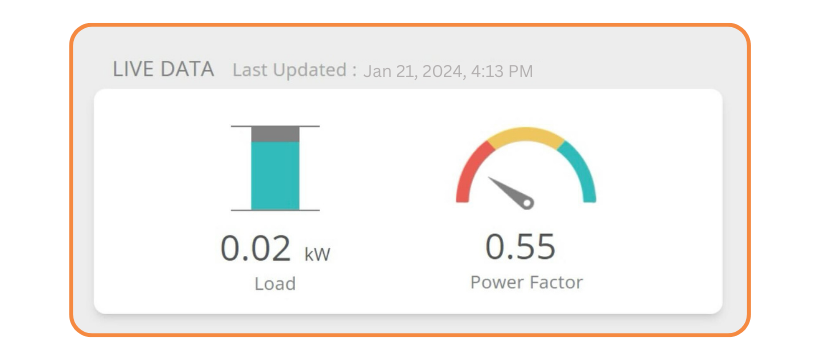Ever heard of Contracted load/ demand? This is a term widely used in your electricity usage billing. And it is important to understand the term, otherwise, you might end up shelling out more money than required to procure electricity.
Demand/ Load is the measure of electricity that is being used at any moment, which is expressed in kVA/ kW.
When you procure electricity from DISCOM/utility, you formally express the maximum demand/ load that you would like to procure, which is nothing but contracted load/ demand.
You can quickly know what’s your contracted demand on your electricity bill, sometimes called sanctioned load (refer to this blog to understand where in the electricity bill you need to look into).
Now, how does this affect your billing?
Utilities, based on your contracted demand, procure supplies from power generators to make sure that they can always meet your contracted demand. But, if you haven’t planned carefully in terms of operating your loads at your house/ business, you might end up consuming more loads than contracted.
This leads the utility to a situation where they’ll have to either meet your situation by spontaneously buying more power from the generator at a premium price (since it is a sudden short-term procurement) or give up after a certain period which could lead to power cuts. Both these scenarios lead to the utilities' financial loss on their balance sheet.
And they certainly would want to cover the costs by penalizing persons/entities who haven’t kept their word about contracted demand.
This would vary from utility to utility. Here’s how TSSPDCL charges:

The charges vary from utility to utility. Look up your utility's charges for exceeding maximum demand accordingly.
Here’s an example of how this concept works out

In normal terms, the user would have paid 3.4*100+4.8*16 = INR 416.8 and a fixed charge of INR 10 for 1kW
Since your demand exceeded, you pay
Energy charges = 1.2* 416.8 = INR 480 &
Fixed charges = 2* 10 * 2.32 = INR 46.4
An excess of INR 99.6 or 23.3% on the original bill
Here’s a section of the Soul dashboard showing live data of the same:

Whenever it gets higher than the contracted value, it is represented in the picture below.

The load value bar turns red when it exceeds the contracted limit.
Having such tools helps you easily identify whenever you exceed a load limit and take the necessary action.

